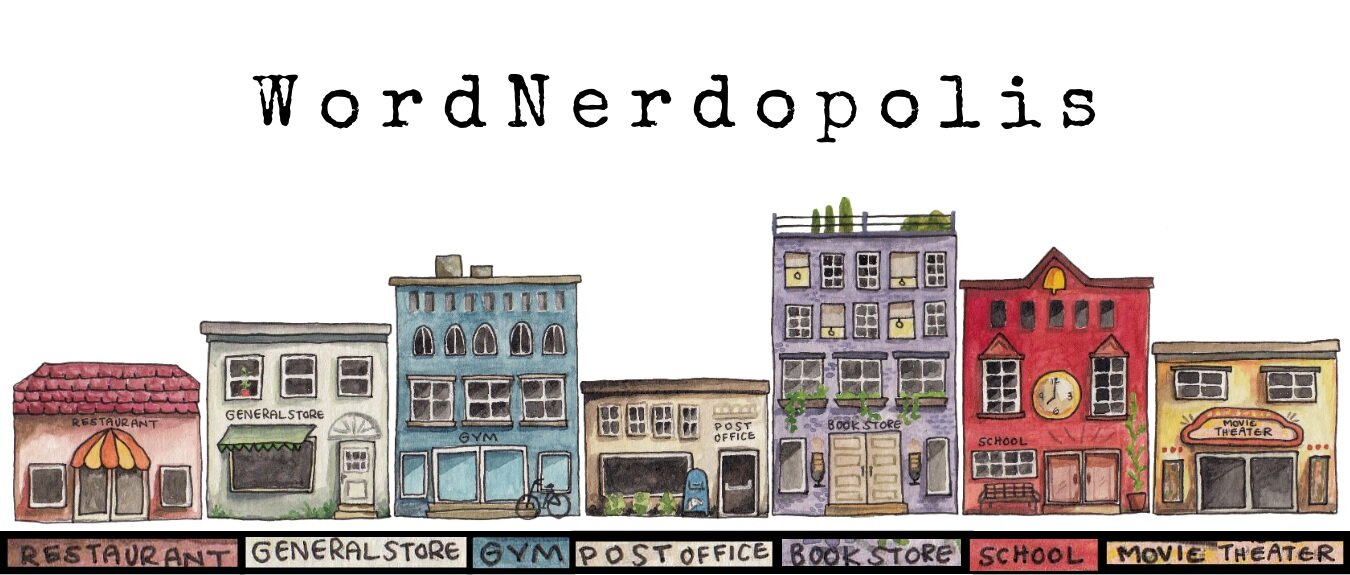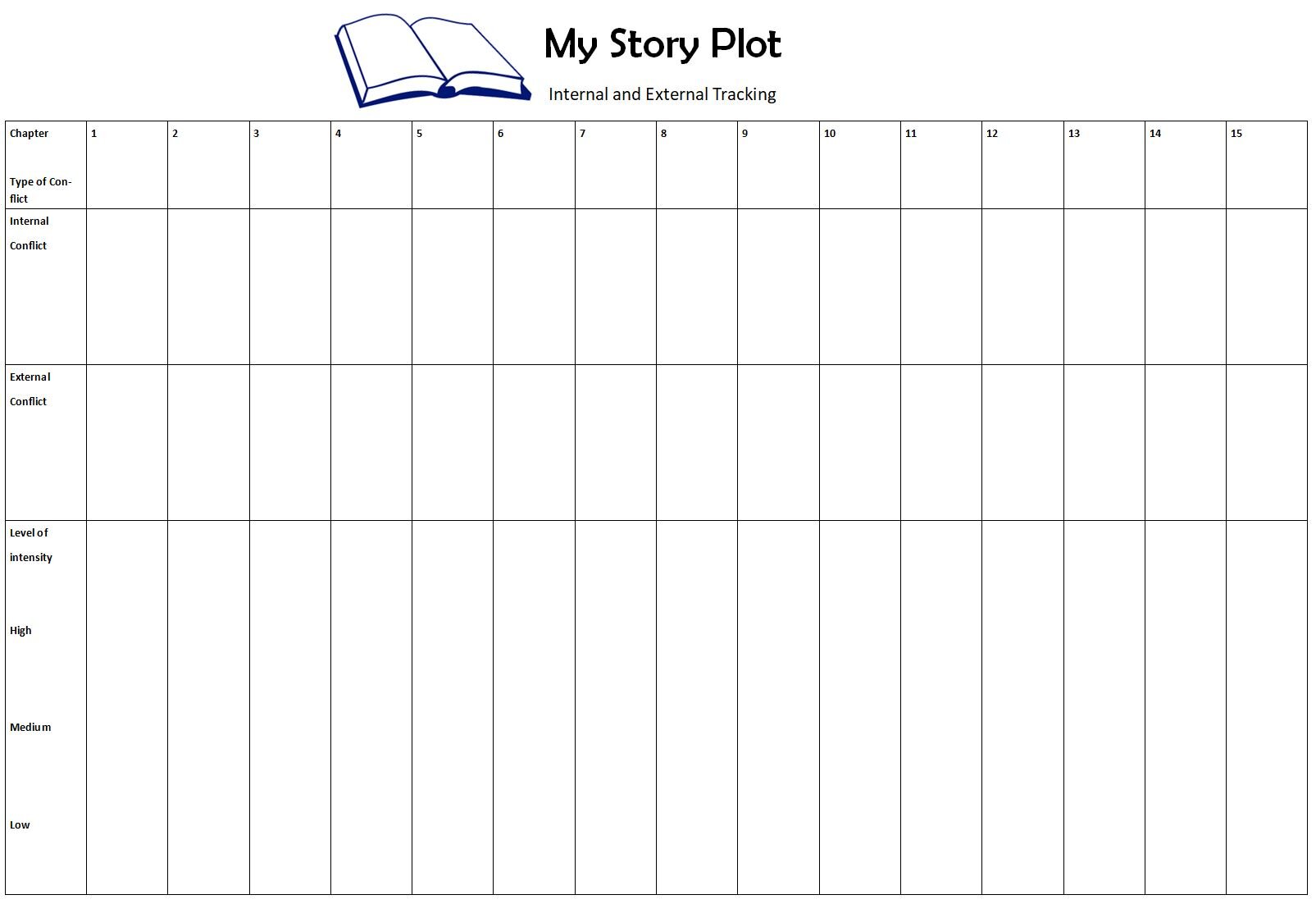Cracking the Conflict Code
I suspect that as a writer I look at stories differently than the average consumer. I am acutely aware of when I am sucked into a story, when a literary technique is being employed and when the author has successfully manipulated my emotions to benefit the story experience. But this isn’t just true for the books I read. It is also true for the media I consume on-screen.
One of the most intense experiences I have had while watching with my “author lenses” on was when I watched the movie Passengers for the first time. Watch the trailer to get yourself up to speed and then meet me a little further down the page.
The balance of internal and external conflict in this movie is pure perfection. It ebbs and flows in a pattern that had my heart aching both from empathy for the characters and from racing during intense action sequences. Just when one form of conflict let off the gas, the other ramped up. I knew what the screen writers were doing, and I was still all in. My husband and I talked about this movie for days afterward, dissecting the characters’ choices and what-if scenarios. We discussed alternate endings and hypothetical situations as if we too would some day board a ship and travel for a hundred years in hyper-sleep only to be woken too early.
I knew I was being manipulated and yet, I loved it… because if I was smart enough to recognize it, maybe I’d be smart enough to replicate it. One of my superpowers, as a duo-identity teacher-writer, is that I can make a mean graphic organizer. (In fact, I’m convinced that the college at which I currently teach keeps me employed based on this single skill alone!)
Graphic Organizer (defined):
A visual way to organize and represent information that will improve clarity and retention.
(Also known as a concept map or cognitive organizer.)
So, I created a graphic organizer that would help me understand the role both internal and external conflict played in this movie. Then, I watched the movie again and recorded the type and intensity of the conflict in my handy-dandy chart. Voila! A visual representation of the style of story I would need to write if I wanted to replicate the emotional effect of the movie I loved so much.
Here’s how the chart works.
In the very top row, the numbers going horizontally are the chapters or scenes in the story. If you have the chapter or scene list from the DVD or if you can look it up online, it will help you break down the movie and track it in bite-size chunks. Depending on the length of the movie and the way the scenes are broken up, you may need to print off more than one sheet. Next, as you watch, either color in the internal conflict or external conflict square for each chapter. There are times where both may be in play, but try to identify one or the other as often as you can. Then, finally, in the bottom row, draw a line… think back to your middle school math line graphs… tracking the height of the tension. Is it on a low simmer, a medium boil or near explosion??!?! By looking at the types of conflict and the levels and which it is executed throughout the movie, you’ll be able to have a road map of the type and intensity of tension you should apply to each of your own chapters. (If you need more explaination, feel free to email me and I can walk you through it in more detail.)
It was an eye-opening discovery for a writer who formerly camped in the pantser kingdom. The fact that I could intentionally direct my scenes rather that write willy-nilly and hope for the best was incredible! But let me take this one step further.
I am not a thriller writer, nor a sci-fi author. It was great that I figured out this important step in story structure and production, but I didn’t actually want to write a story like Passengers. My books are light and fluffy… Hallmark-style, if you will. Cracking the code on Passengers wouldn’t help me write the kinds of books I wanted to write. But that’s the great thing about this strategy… it can be applied to any consumable story. A book, TV series or even a comic. Find your literary or screen writing Rockstar, select one of their works, and put it to work in the plotting chart I created. Watch multiple movies or read multiple books from the same genre. Chart them all. What trends do you notice? What patterns emerge? How can you emulate what you see in your writing?
This is not copying. This is studying. This is crafting the style of story readers have come to love and seek out. This is, as my 6th grade math teacher touted, “working smarter, not harder”. Often times as writers we ask, no we BEG, for a map to lead us to success. Its kind of maddening to think that its been right there in front of our noses all along… but also kind of great.
Now that you have this information and great graphic organizer, I gotta know. What are you going to read/watch and plot first?!?!
P.S. If you’d like me to send you a PDF file of this organizer, just email me!
If you liked what you read on my blog today (or are in search of weekly word nerd goodness) and would like to have it delivered to your inbox every Wednesday morning, you can sign up HERE. If you are interested in any of my email lists (with free goodies/downloads!) click the audience that best describes you: Writer. Teacher. Reader. As always, feel free to share this post with others you think might be interested via email, Facebook or Pinterest.
Today’s post post was made beautiful by CANVA. You can check out my blog archive collection here.



